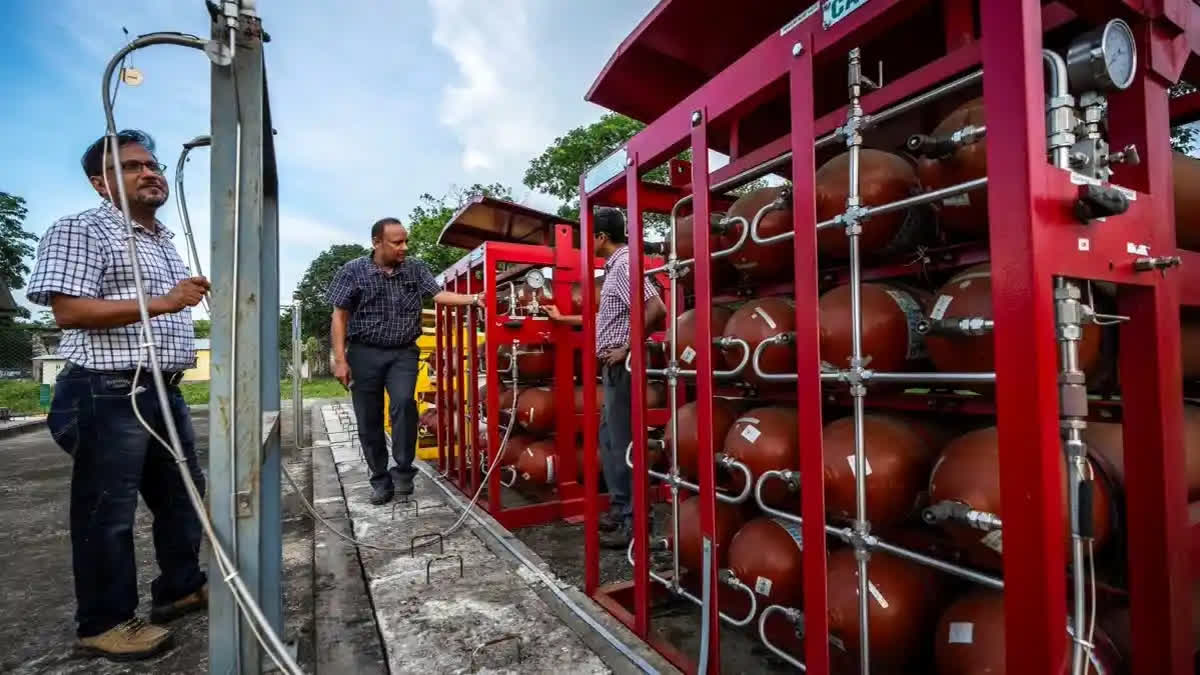New Delhi:Net zero targets in Asia's four largest economies could substantially expand the market for green hydrogen (H2) electrolyzers, with the combined potential in these countries projected to reach $180 billion by 2050 for key industrial applications, according to a new report from the High-level Policy Commission on Getting Asia to Asia to Net Zero convened by the Asia Society Policy Institute.
The report was launched at an event on Friday here.
According to a media statement, Green Hydrogen for Decarbonizing Asia’s Industrial Giants assesses the future potential and trajectory for electrolyzers needed to meet green H2 demand in China, India, Japan, and South Korea. The study, which was carried out by Global Efficiency Intelligence, looks at the role of green H2 in three priority industries—steel, ammonia, and methanol—under various decarbonisation scenarios.
In these sectors, green H2 has the capacity to significantly reduce emissions by replacing carbon-intensive processes with renewable energy-powered electrolysis.
The collective market potential for electrolyzers is thus expected to skyrocket to $180 billion by 2050, with a compound annual growth rate as high as 12 per cent between 2030 and 2040. This is nearly five times as large as the market potential under a business-as-usual scenario. The total electrolyzer market opportunity will be even greater since it includes applications for other industries.
Ali Hasanbeigi, Founder, CEO, and Research Director at Global Efficiency Intelligence, said, "Using green H2 in H2-DRI steelmaking and producing green ammonia and methanol is essential to decarbonise these key sectors. Our analysis shows there is a massive electrolyzer market potential in these major Asian countries and those who capitalise on it stand to gain substantially."
Kate Logan, Associate Director of Climate at the Asia Society Policy Institute, added, "These findings underscore how ambitious net zero targets can shape demand for new and critical technology, such as electrolyzers, that will be essential to decarbonizing the region and the world. Asia's industrial giants could therefore see net zero pathways as vehicles for driving development, rather than limiting it."
